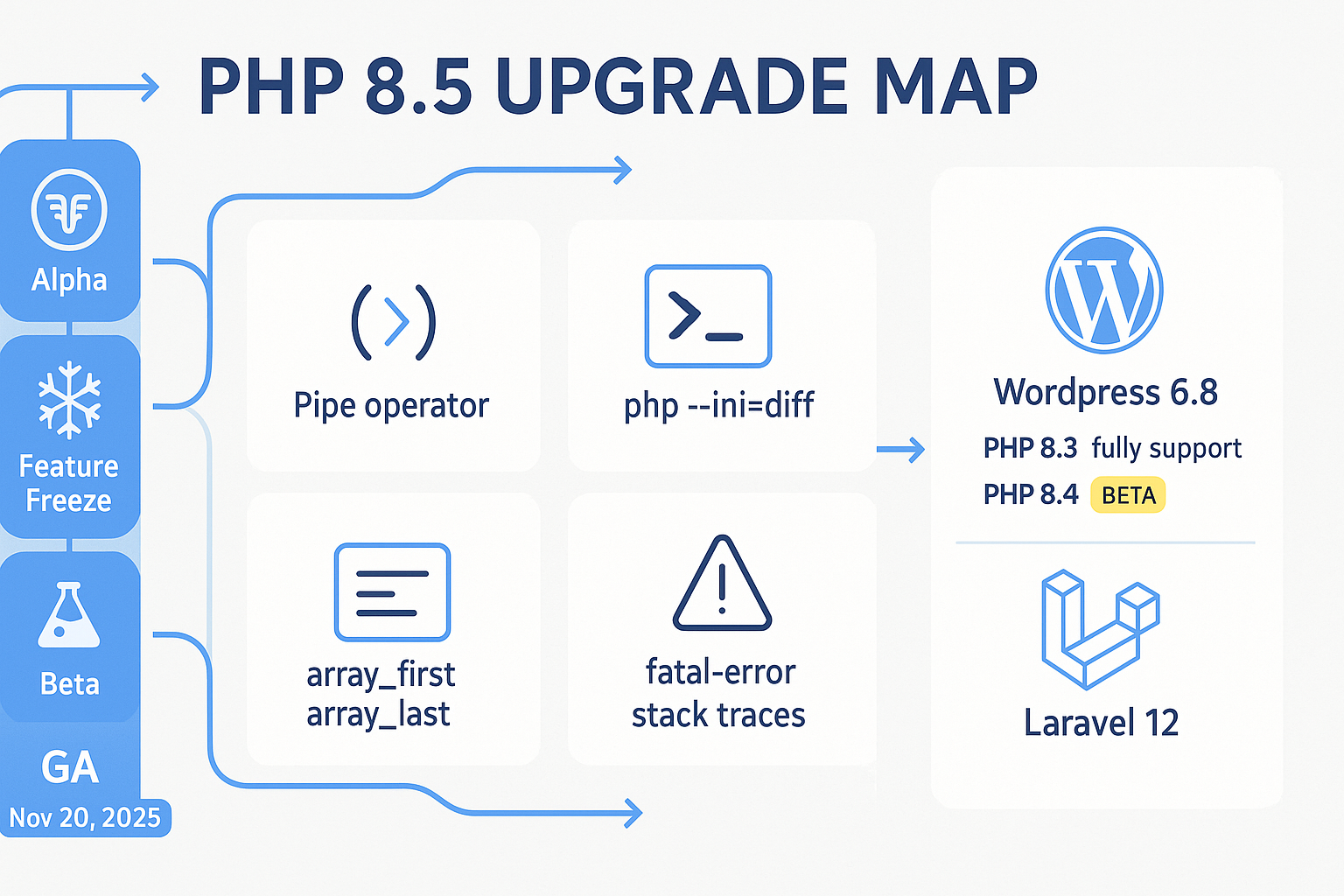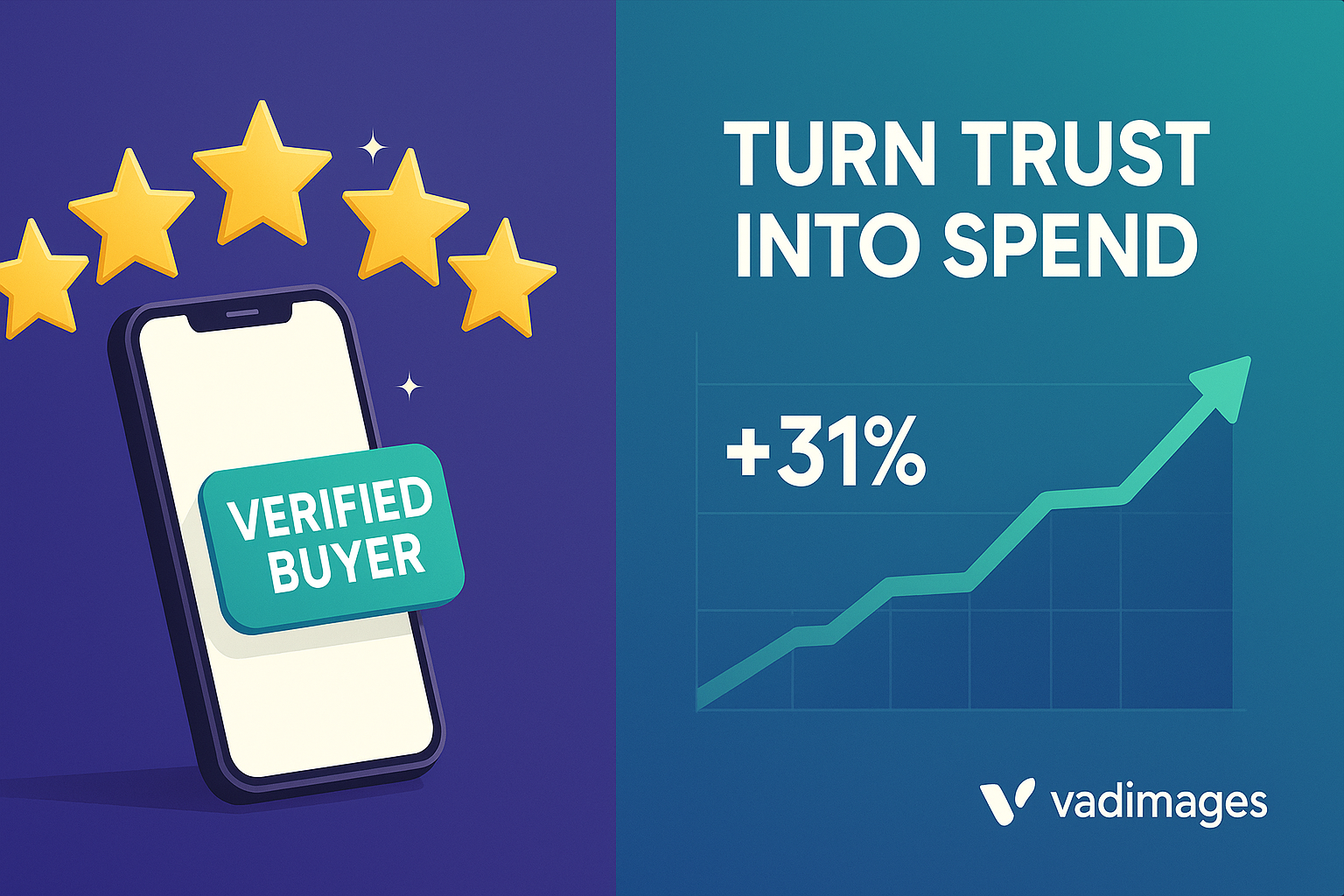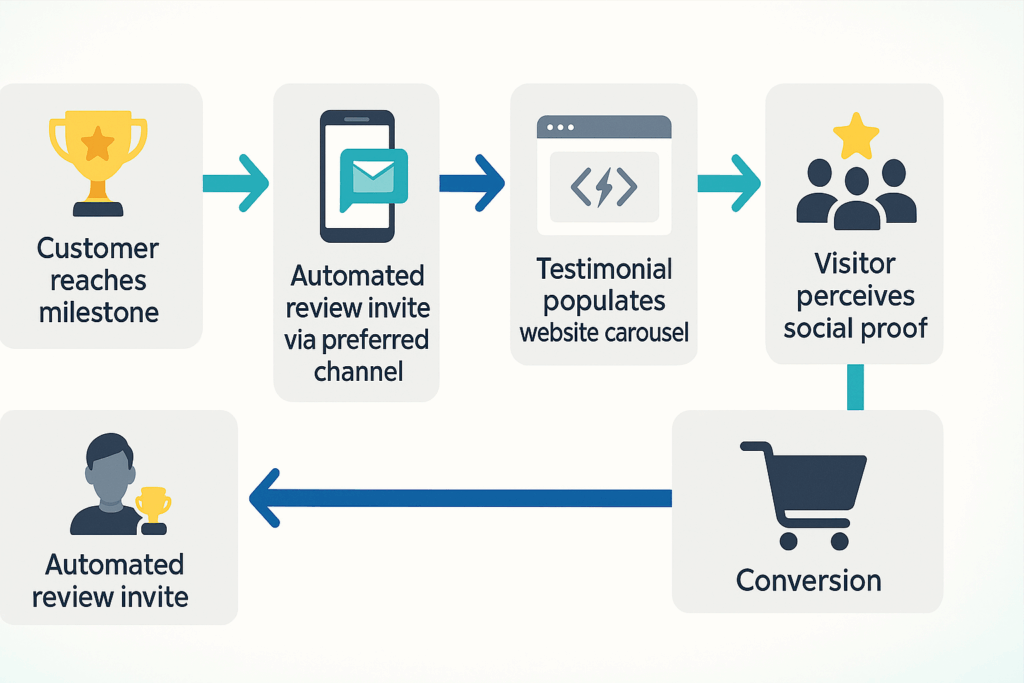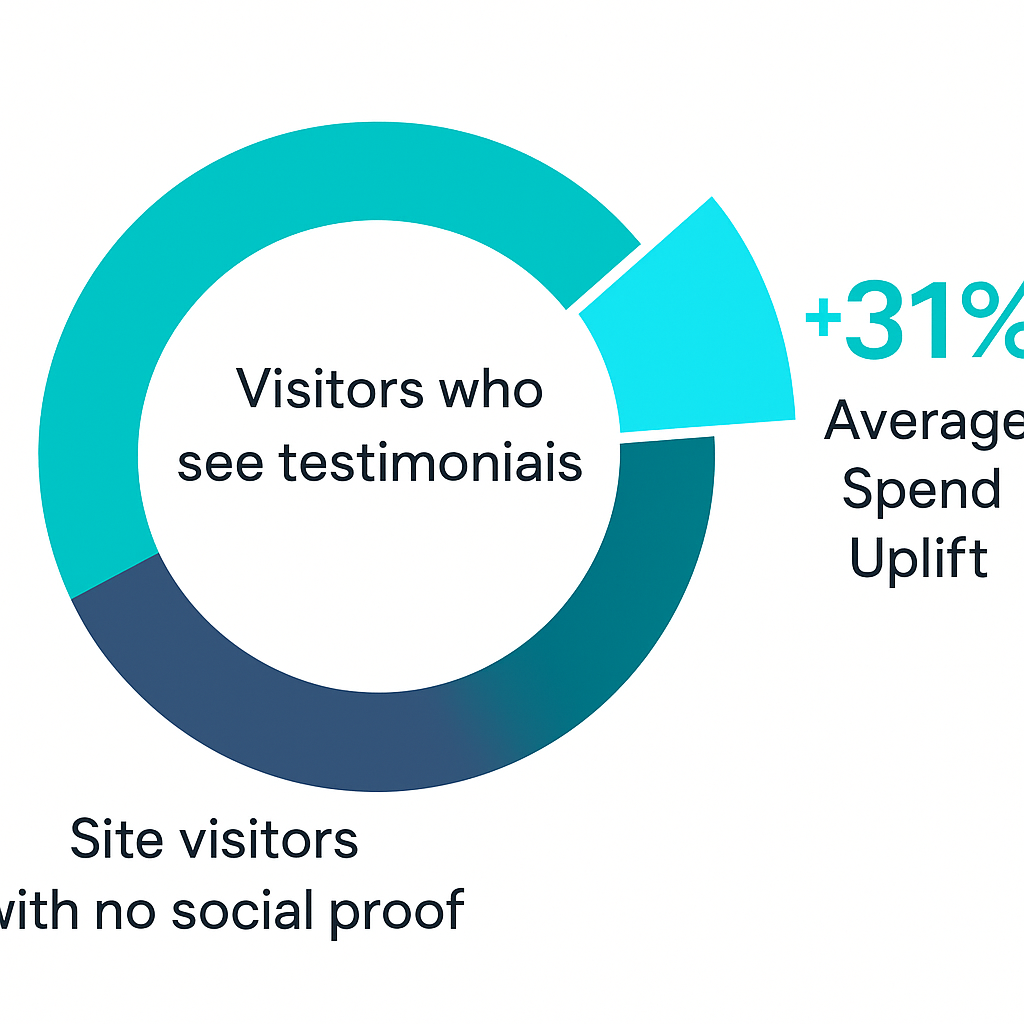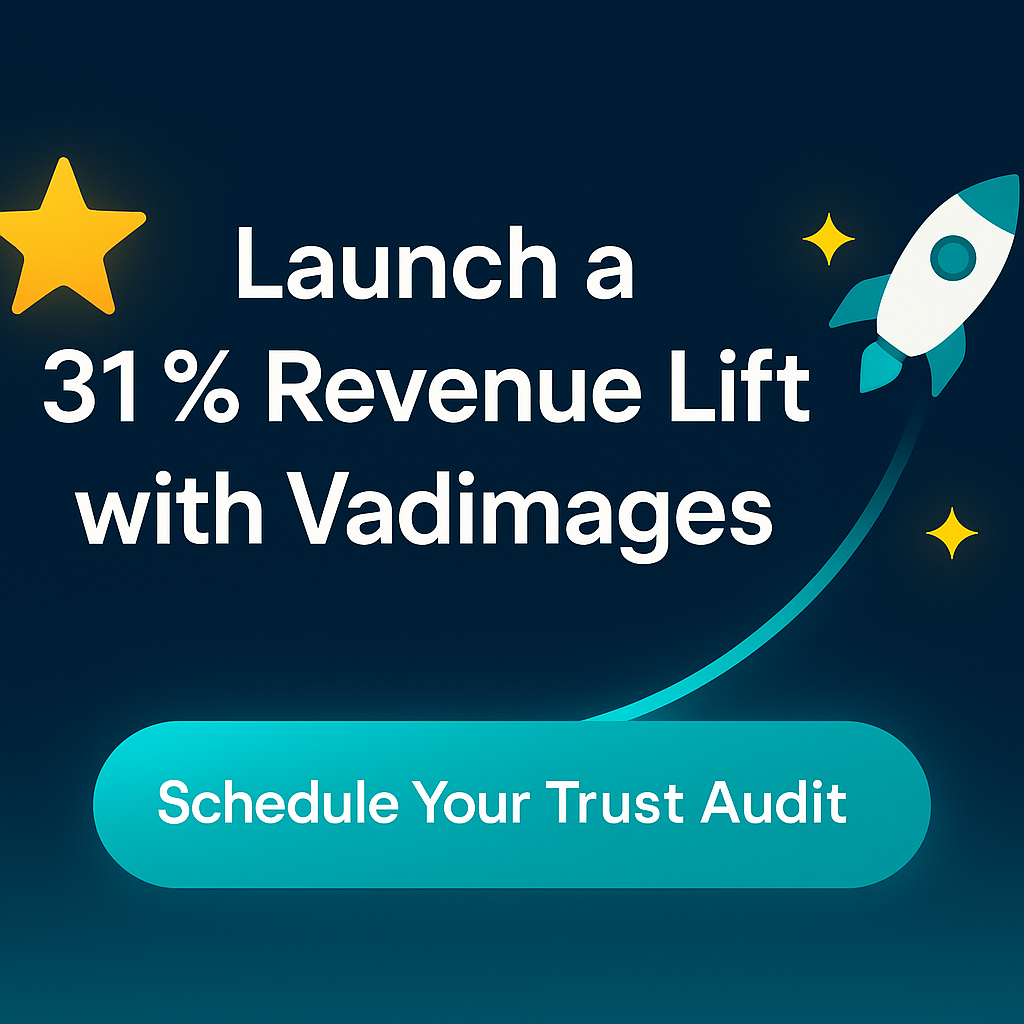PHP 8.5 is the next step in the language that powers a huge share of the web, from content sites to online stores and SaaS dashboards. If your business runs on WordPress or Laravel, this release matters for both performance and developer experience—and for keeping your platform modern, secure, and recruit-friendly in the U.S. talent market. As of July 28, 2025, PHP 8.5 is in the pre-release cycle with general availability targeted for November 20, 2025; alphas began this month and the feature freeze is scheduled for August 12 before betas and release candidates roll out. That timeline gives small and mid-sized teams a perfect window to plan, test, and upgrade deliberately rather than reactively.
What’s actually new in PHP 8.5
The headline feature in 8.5 is the pipe operator (|>), a new syntax that lets developers pass the result of one function cleanly into the next. In practice, that means fewer temporary variables and less nesting, which yields code that is easier to read, review, and maintain. For example, $value = “Hello” |> strtoupper(…) |> htmlentities(…); expresses a sequence at a glance. The feature is implemented for PHP 8.5 via the “Pipe operator v3” RFC and has well-defined precedence and constraints to keep chains predictable.
Beyond syntax, 8.5 introduces small but meaningful quality-of-life improvements that speed up troubleshooting and reduce production downtime. Fatal errors now include stack traces by default, so developers see exactly how execution arrived at a failure point. There’s also a new CLI option—php –ini=diff—that prints only the configuration directives that differ from the built-in defaults, a huge time saver when diagnosing “works on my machine” issues across environments.
The standard library picks up practical helpers, notably array_first() and array_last(), which complement array_key_first() and array_key_last() and remove the need for custom helpers or verbose patterns for very common operations. Internationalization and platform capabilities expand as well, including right-to-left locale detection utilities, an IntlListFormatter, and a few new low-level constants and cURL helpers that framework authors and library maintainers will appreciate. Deprecated MHASH_* constants signal ongoing cleanup. The result is not a flashy “rewrite,” but a steady modernization that makes teams faster and codebases clearer.
WordPress and Laravel readiness in mid-2025
WordPress core continually tracks new PHP branches, but the project labels support based on ecosystem reality—millions of sites running themes and plugins. As of the July 2025 updates, WordPress 6.8 is documented as fully supporting PHP 8.3, with PHP 8.4 still in “beta support,” and the project begins its compatibility push once a new PHP version hits feature freeze and betas. PHP 8.5 will follow that established process; expect official WordPress language on 8.5 only after the beta/RC period proves out in the wild. If you run a plugin-heavy site, that nuance matters for scheduling your upgrade.
Laravel’s cadence is faster. Laravel 12, released February 24, 2025, officially supports PHP 8.2–8.4, and Laravel 11 does as well. The framework typically adds support for a new PHP GA shortly after it ships, once its own dependencies are green. Today, 8.5 isn’t yet on Laravel’s supported PHP matrix because it hasn’t reached GA; keep an eye on the release notes and support table as November approaches to decide whether your production cutover happens before the holidays or in early Q1.
A practical upgrade path for small and mid-sized teams
Treat this as a business project, not just a DevOps chore. Start by inventorying the workloads that PHP actually touches—public web, admin, background queues, scheduled jobs, image processing, analytics hooks—and list the plugins, packages, and extensions each one depends on. In a WordPress stack, that means your theme and every active plugin; in a Laravel app, that means your composer packages, PHP extensions, and any native modules your infrastructure uses. Create a staging environment that mirrors production, including typical traffic snapshots and third-party integrations, so your tests interrogate the system you actually run.
Begin the work now on PHP 8.4 if you haven’t already. For many teams this is the zero-drama stepping stone because WordPress already has beta support for 8.4 and Laravel 12 fully supports it. This interim move flushes out older extensions and packages that block you, while avoiding the churn of an in-progress 8.5 branch. Once PHP 8.5 reaches RC, repeat your test suite and synthetic checks there; most 8.5 changes are additive, but deprecations and edge-cases can bite bespoke code and older plugins, so verify logging, queues, and admin flows under load rather than discovering surprises during a marketing campaign.
When you test, focus on behaviors customers feel: time-to-first-byte on critical pages, cart and checkout reliability, account and subscription flows, and embedded media. Watch error logs continuously and use the new fatal-error backtraces to reduce mean-time-to-repair during testing. Keep a changelog of every INI tweak you make using php –ini=diff, because disciplined configuration management is the difference between a one-hour rollback and a multi-day hunt. Confirm that your host or container images offer PHP 8.5 RC builds as they appear; most U.S.-based managed hosts follow the official timeline, but availability varies.
Plan your rollout with a reversible route. For WordPress, that means snapshotting the database and media store, disabling or replacing plugins that aren’t yet tested on the new branch, and turning on maintenance mode only for the minutes needed to switch runtime and warm caches. For Laravel, treat the PHP jump like any other platform upgrade: apply composer updates, run database migrations behind feature flags if necessary, and scale horizontally during cutover so you can drain nodes gracefully. After you cut over, keep synthetic checks and real-user monitoring active for at least a full traffic cycle to catch plugin cron tasks, scheduled jobs, or payment webhooks that only fire periodically.
If you operate in a regulated niche—health, finance, education—align the upgrade window with your compliance cadence. Fresh runtimes don’t just improve developer experience; they also keep you on supported, patched versions that auditors increasingly expect to see on U.S. SMB platforms. The cost of staying behind shows up as slower incident response and rising maintenance toil, which are far more expensive than planned engineering time.
At any point in this journey, we can do the heavy lift for you. Vadimages builds and maintains WordPress and Laravel systems for growth-minded small and mid-sized businesses in the U.S., so our upgrade playbooks include audit-ready documentation, staging and load testing, plugin/package vetting, regression coverage for your revenue paths, and a clean rollback plan. If you prefer a turnkey approach, we’ll analyze your stack, pilot on staging, and launch to production with 24/7 monitoring so your marketing calendar doesn’t slip. Consider this your invitation to stop deferring runtime upgrades and turn them into a competitive advantage.
